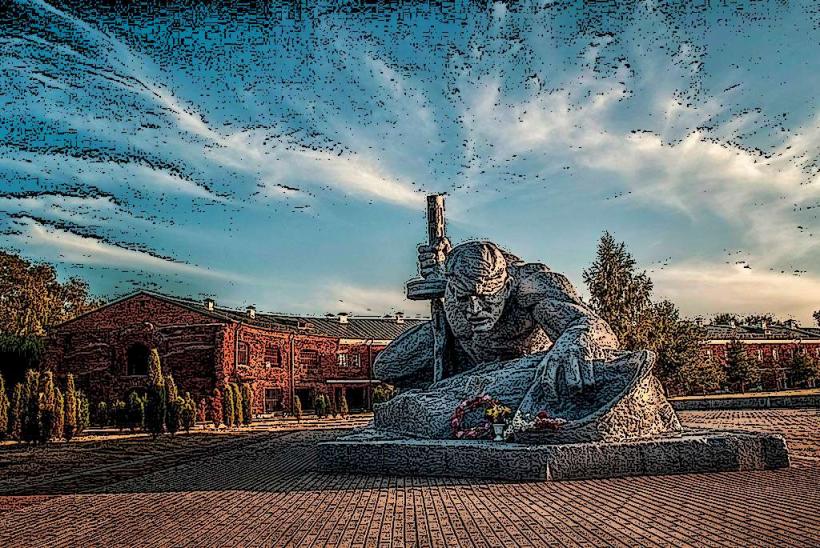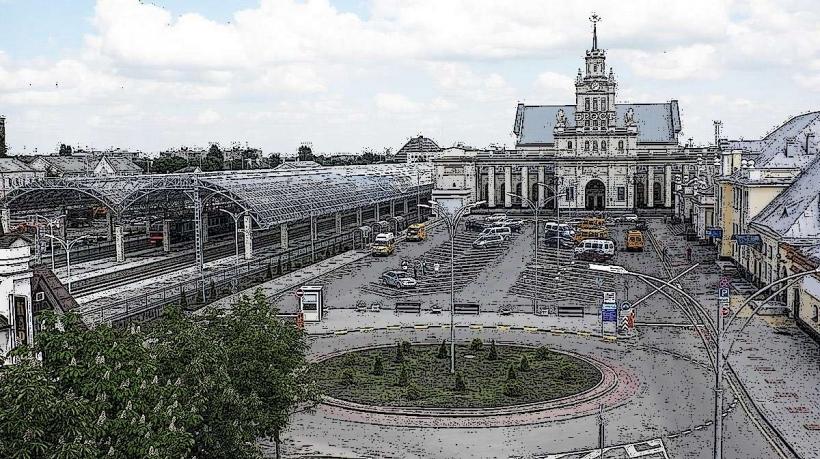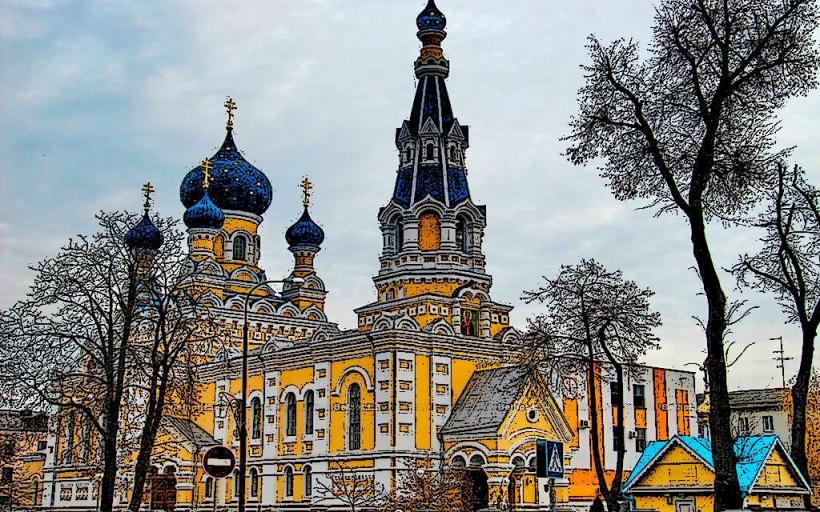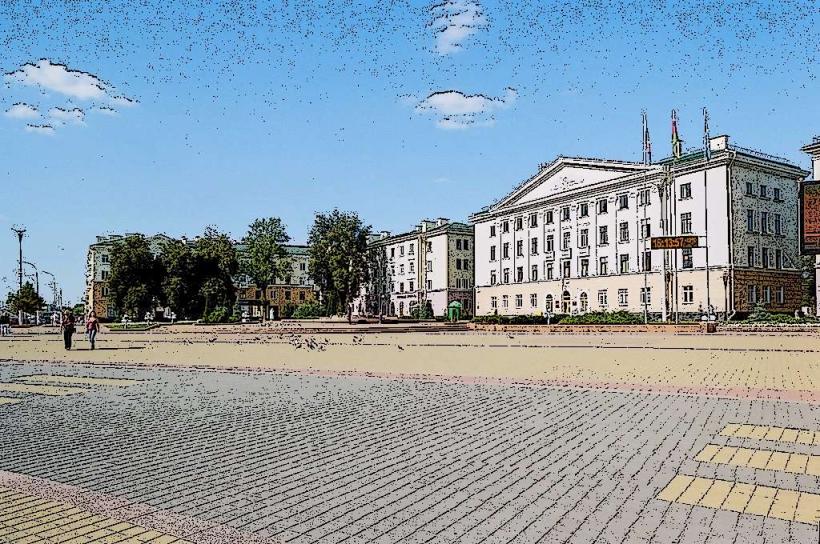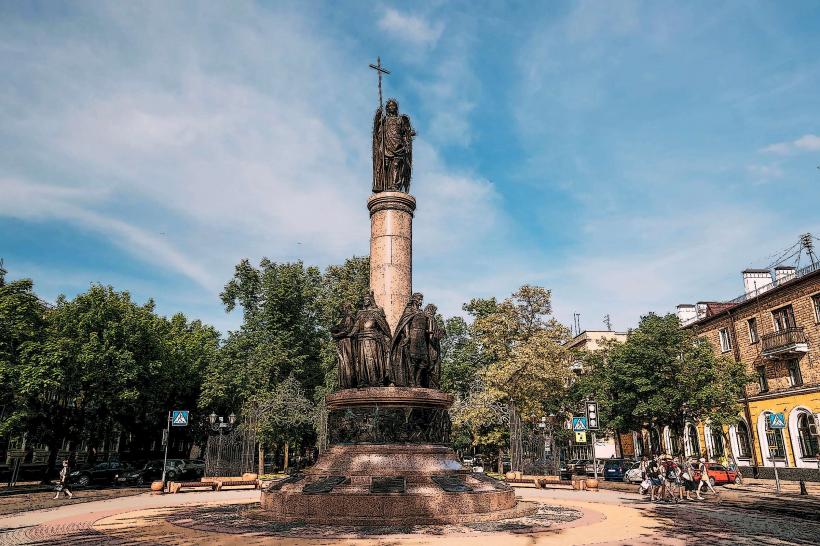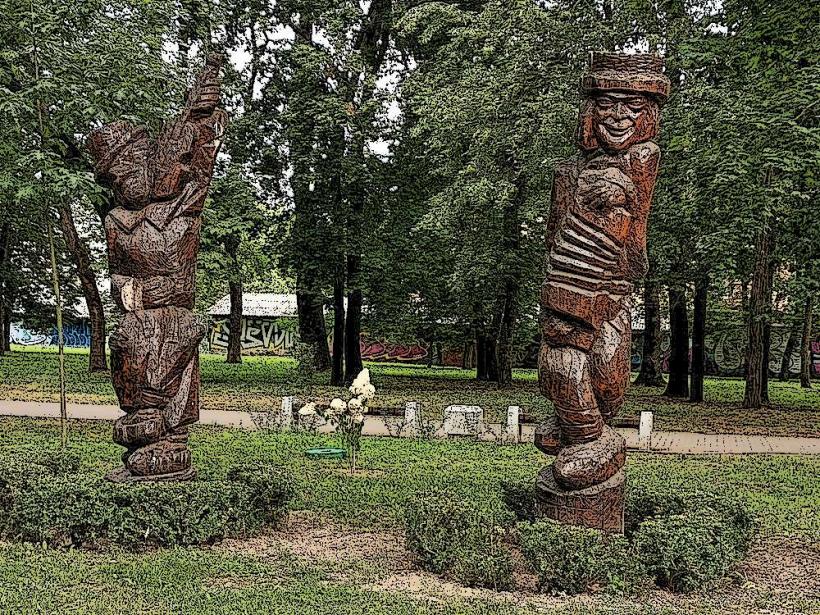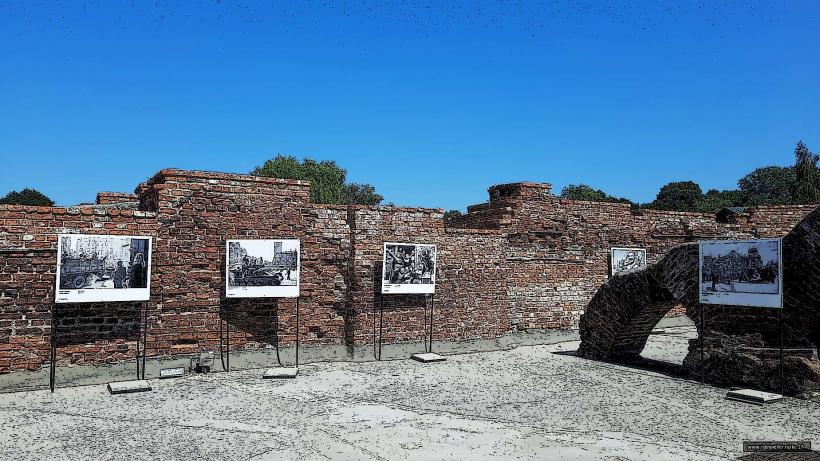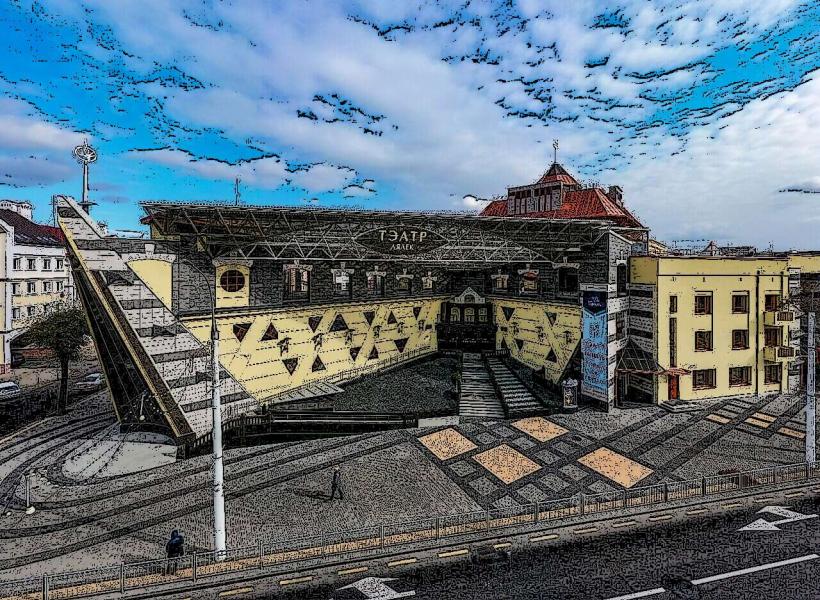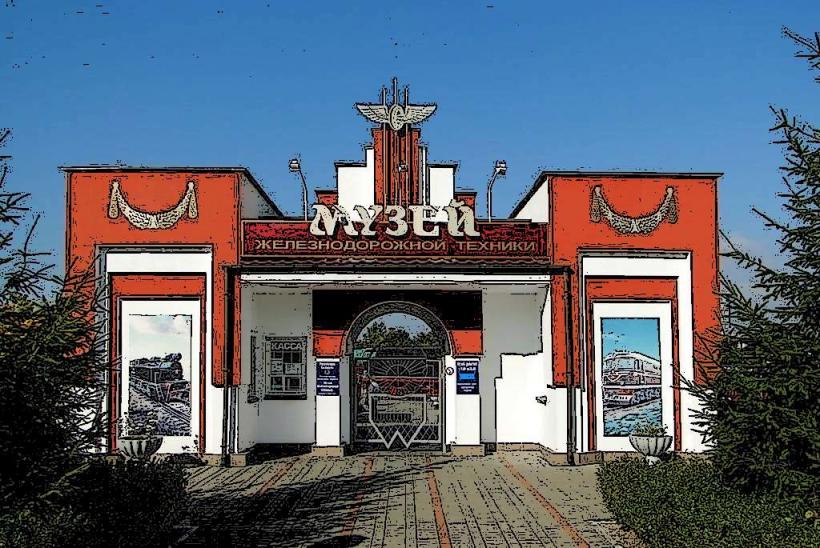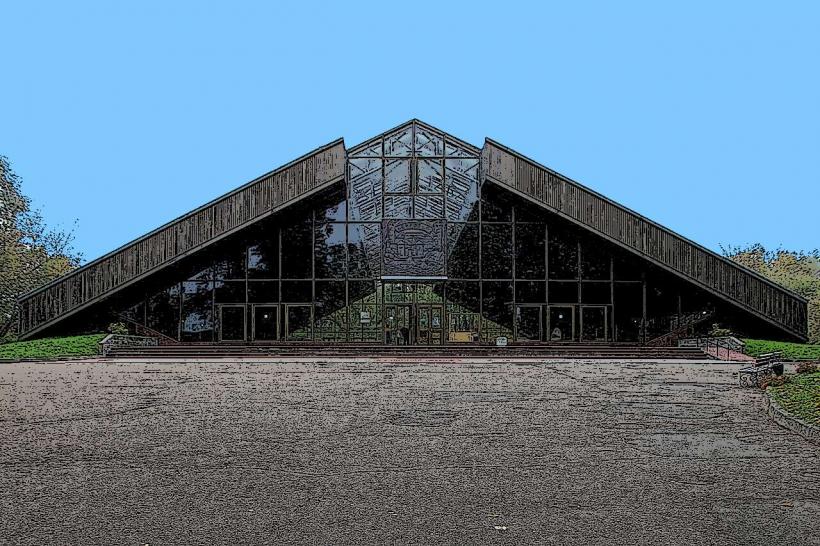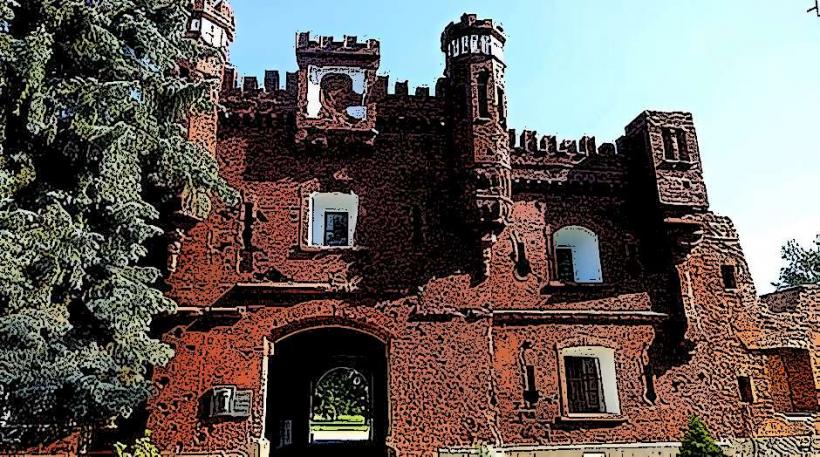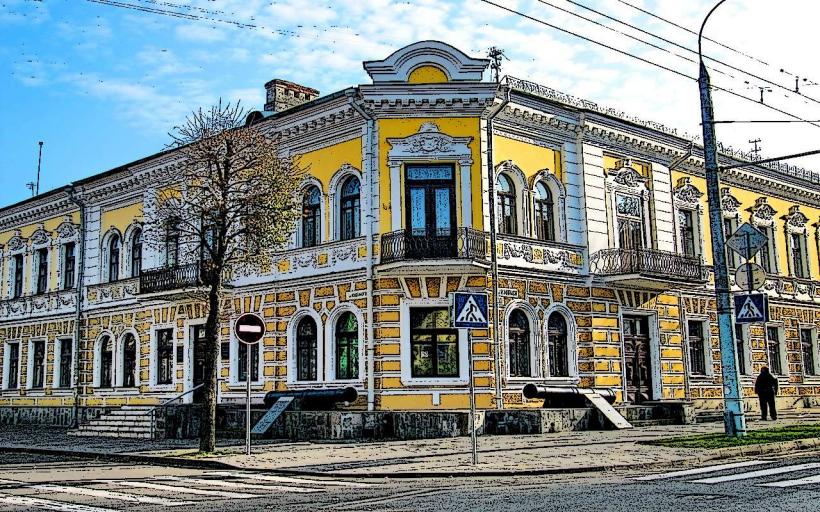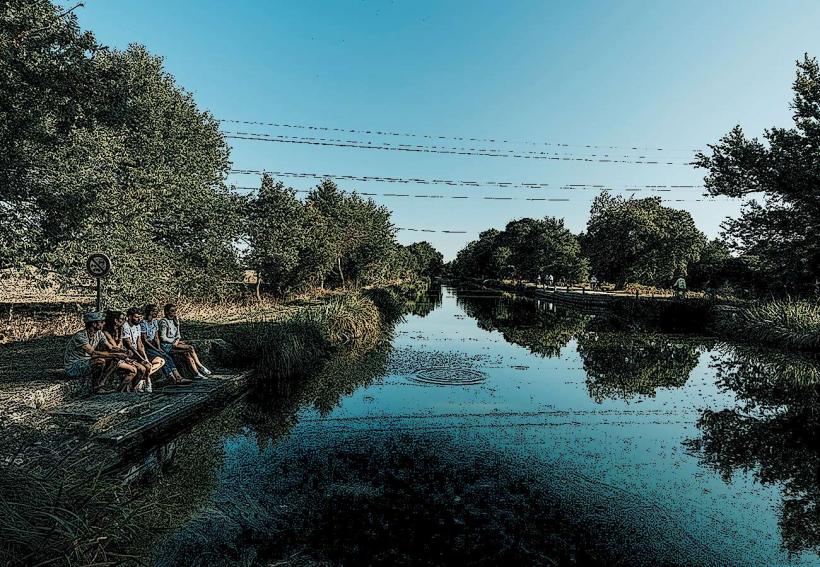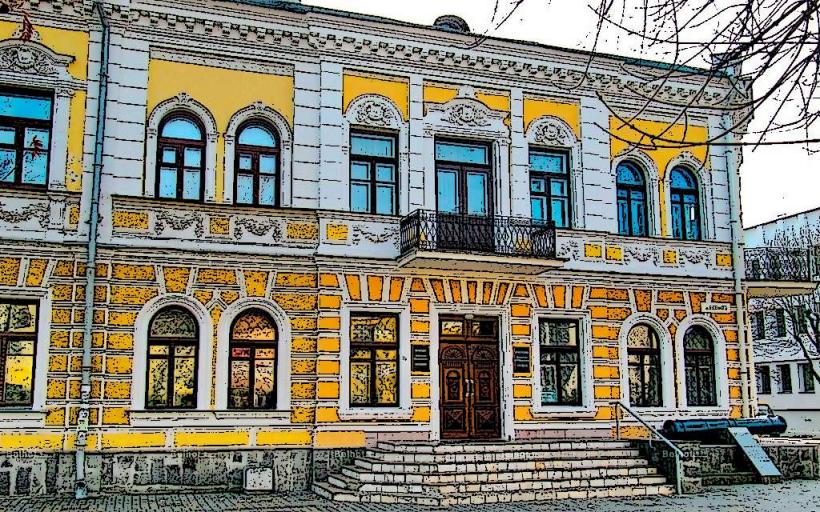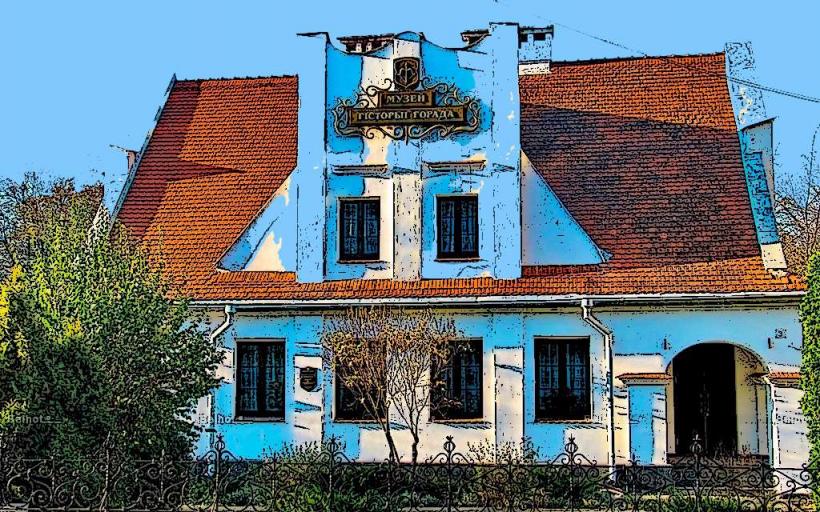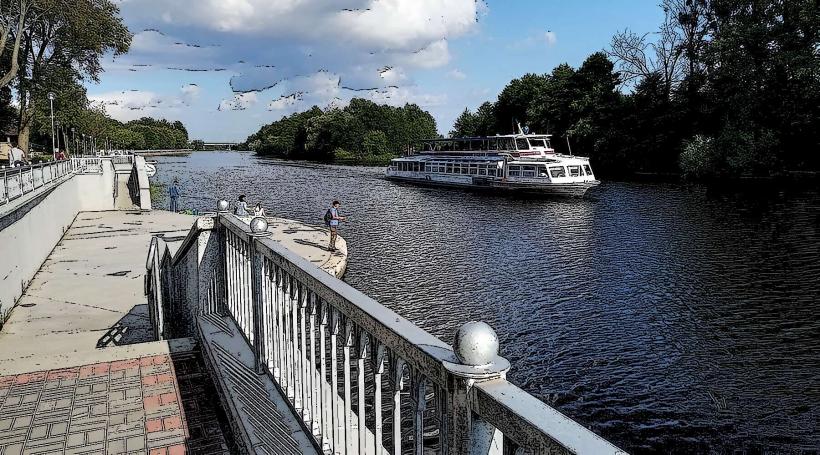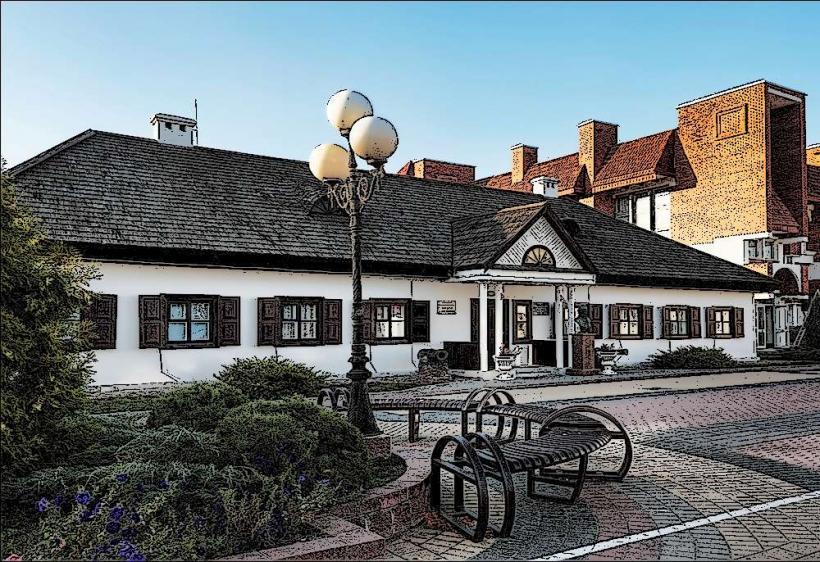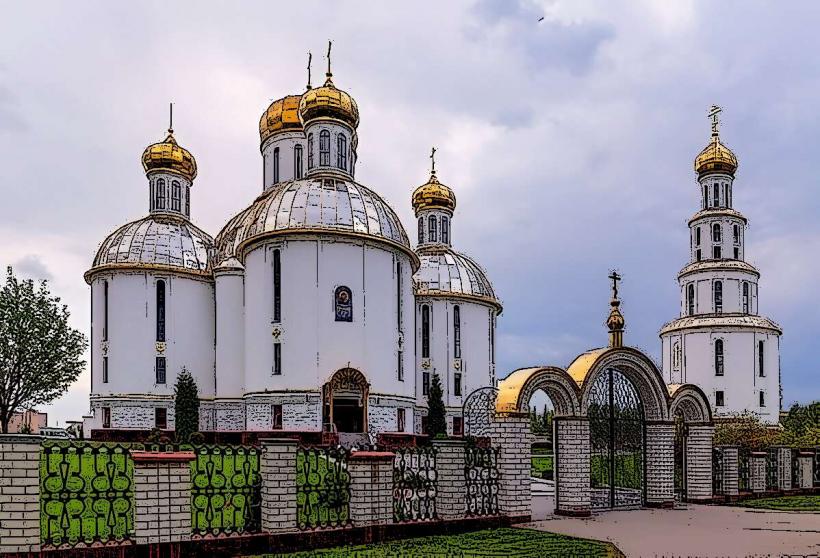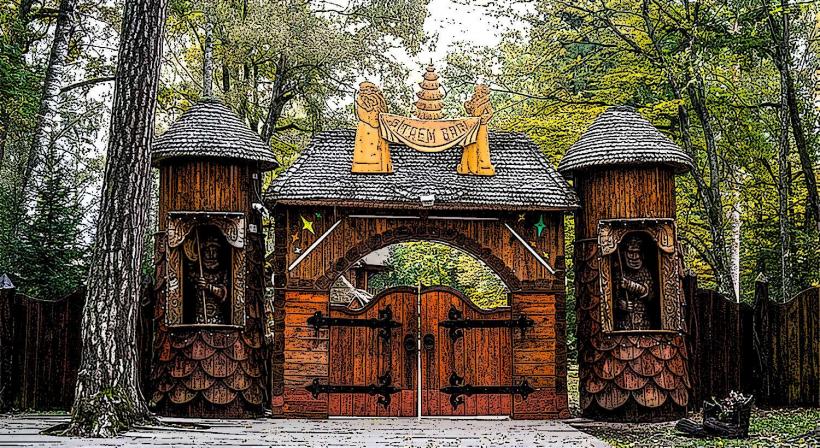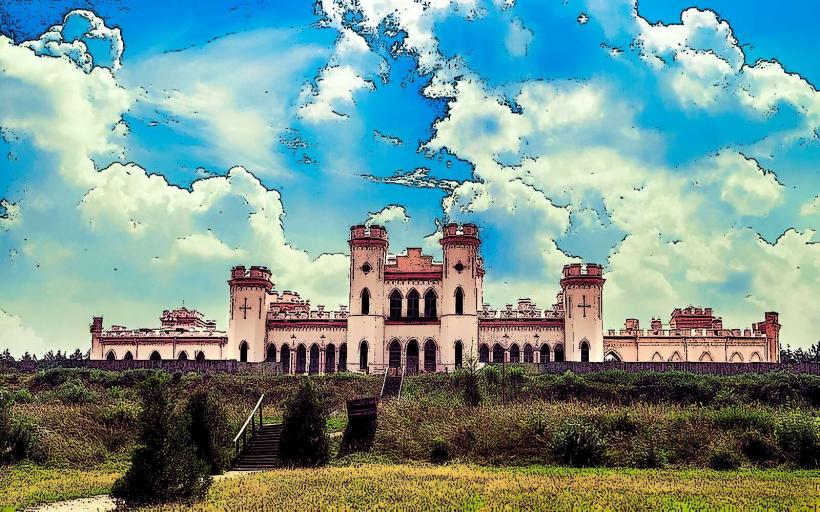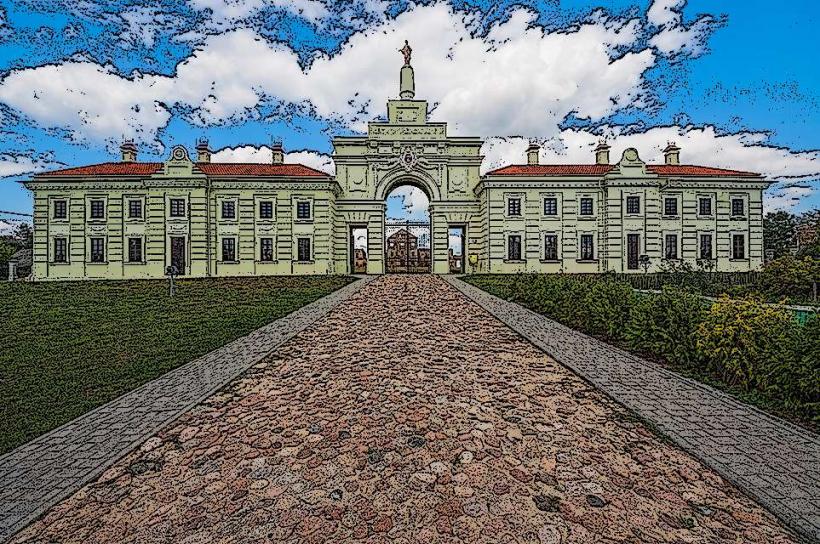Information
Landmark: 5th Fort of Brest FortressCity: Brest
Country: Belarus
Continent: Europe
The 5th Fort of Brest Fortress is one of the key historical and military landmarks within the Brest Fortress Complex in Brest, Belarus. This fort played a significant role in the defense of Brest Fortress during the Nazi invasion of the Soviet Union in 1941, particularly during the Battle of Brest Fortress in June 1941, which became a symbol of Soviet heroism and resistance.
1. Location:
- The 5th Fort is located on the western side of the Brest Fortress, along the Mukhavets River, just outside the central citadel area. Like the other forts in the Brest Fortress complex, the 5th Fort was designed as a defensive structure to protect the Russian Empire's western borders. The fort’s location was strategically chosen to provide an additional layer of defense for the region.
2. History and Construction:
- The 5th Fort was constructed between 1885 and 1890 as part of the fortification system for the Brest Fortress, which was designed to protect the Russian Empire from potential military threats from the west. The fortress, including the 5th Fort, was part of the larger military strategy to defend the border regions, particularly in light of the growing tensions in Europe during the late 19th century.
- The 5th Fort was built with thick stone walls, earth embankments, and moats, following the military architectural standards of the time. Its purpose was to serve as a stronghold, equipped with cannons and other defensive weaponry to resist any foreign invasion.
3. Role in World War II:
- The 5th Fort is most famous for its role in the Defense of Brest Fortress during World War II. When Nazi Germany launched its invasion of the Soviet Union on June 22, 1941 (as part of Operation Barbarossa), the Brest Fortress, including the 5th Fort, was one of the first sites to face the Nazi assault.
- The 5th Fort was under heavy bombardment and assault by the invading German forces, and despite being surrounded and outnumbered, Soviet soldiers held their ground for several days. The garrison of the 5th Fort, alongside other units within the fortress, displayed extraordinary resistance in the face of overwhelming odds.
- The fort was heavily damaged during the siege, and many of the defenders either perished or were taken captive. The heroic defense of the fortress, particularly the resistance shown at the 5th Fort, became a symbol of Soviet resilience and patriotism.
4. Post-War Preservation and Museum:
- After World War II, the 5th Fort was preserved as part of the Brest Fortress Memorial Complex, which honors the defenders of the fortress and commemorates the heroic resistance of the Soviet forces. The fort stands as a testament to the courage and sacrifice of the soldiers who fought there.
- In the 1990s, the 5th Fort Museum was established, which focuses on the history of the fort itself, its role during the battle, and the broader history of the Brest Fortress. The museum offers visitors an in-depth look at the fort’s architecture, the events of the battle, and the artifacts recovered from the site.
- The fort is home to several exhibitions that detail the military history of the fortress, including weapons, uniforms, photographs, and documents from the battle. These items provide insight into the lives of the soldiers who defended the fortress and the brutal conditions they endured.
5. Monuments and Memorials:
- The 5th Fort contains several monuments and memorials to honor the fallen defenders. One of the most important is the monument to the defenders of the 5th Fort, which stands as a tribute to those who died during the defense of the fortress.
- Visitors to the 5th Fort can also see the remains of the fortifications, which are still marked by the scars of the battle, such as crater marks from bomb explosions and damaged structures. These remnants provide a stark reminder of the destruction and violence that occurred during the battle.
- The Eternal Flame and other commemorative structures located within the fort also serve as symbols of respect and remembrance for the soldiers who fought and died at the 5th Fort.
6. Visitor Experience:
- The 5th Fort Museum is a powerful historical site that offers a moving and educational experience. Visitors can explore the fortress’s defensive structures, walk through the underground tunnels, and observe the exhibits that detail the defense of the fort during the war.
- The museum offers guided tours, which provide an in-depth explanation of the historical context of the fort, its significance during the war, and the events of the Battle of Brest Fortress. Visitors can also learn about the personal stories of the soldiers who defended the fort, offering a more human perspective on the battle and its consequences.
7. Historical Significance:
- The 5th Fort is not only a historical site but also a symbol of the Soviet resistance and the heroic spirit of the defenders of Brest Fortress. The site is one of the most important military memorials in Belarus, and it plays a key role in preserving the memory of the defenders of the Brest Fortress.
- The 5th Fort is a site of national and international importance, attracting many visitors, especially those interested in World War II history, military history, and the legacy of Soviet heroism. It also serves as a reminder of the horrors of war and the sacrifice of the soldiers who fought to protect their homeland.
8. Conclusion:
The 5th Fort of Brest Fortress stands as a crucial historical monument to the defense of the Soviet Union during the early days of World War II. Its role in the Battle of Brest Fortress, particularly its symbol of resistance in the face of overwhelming Nazi forces, makes it an essential part of Belarusian and Soviet history. Today, the 5th Fort Museum preserves the memories of those who fought there, offering an immersive and educational experience for visitors interested in the history of World War II and the heroic defense of Brest Fortress.

